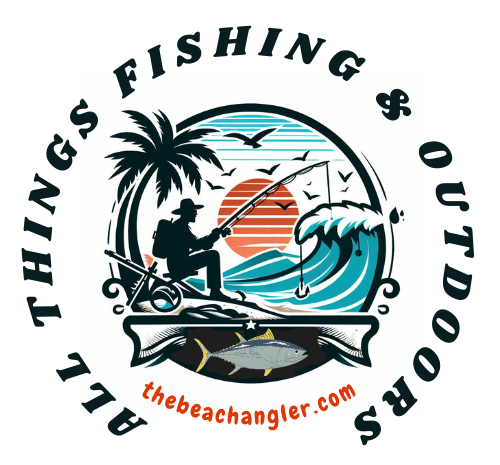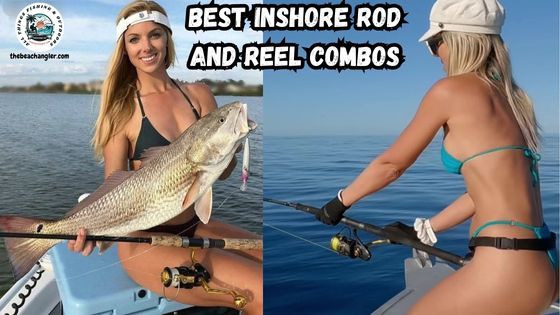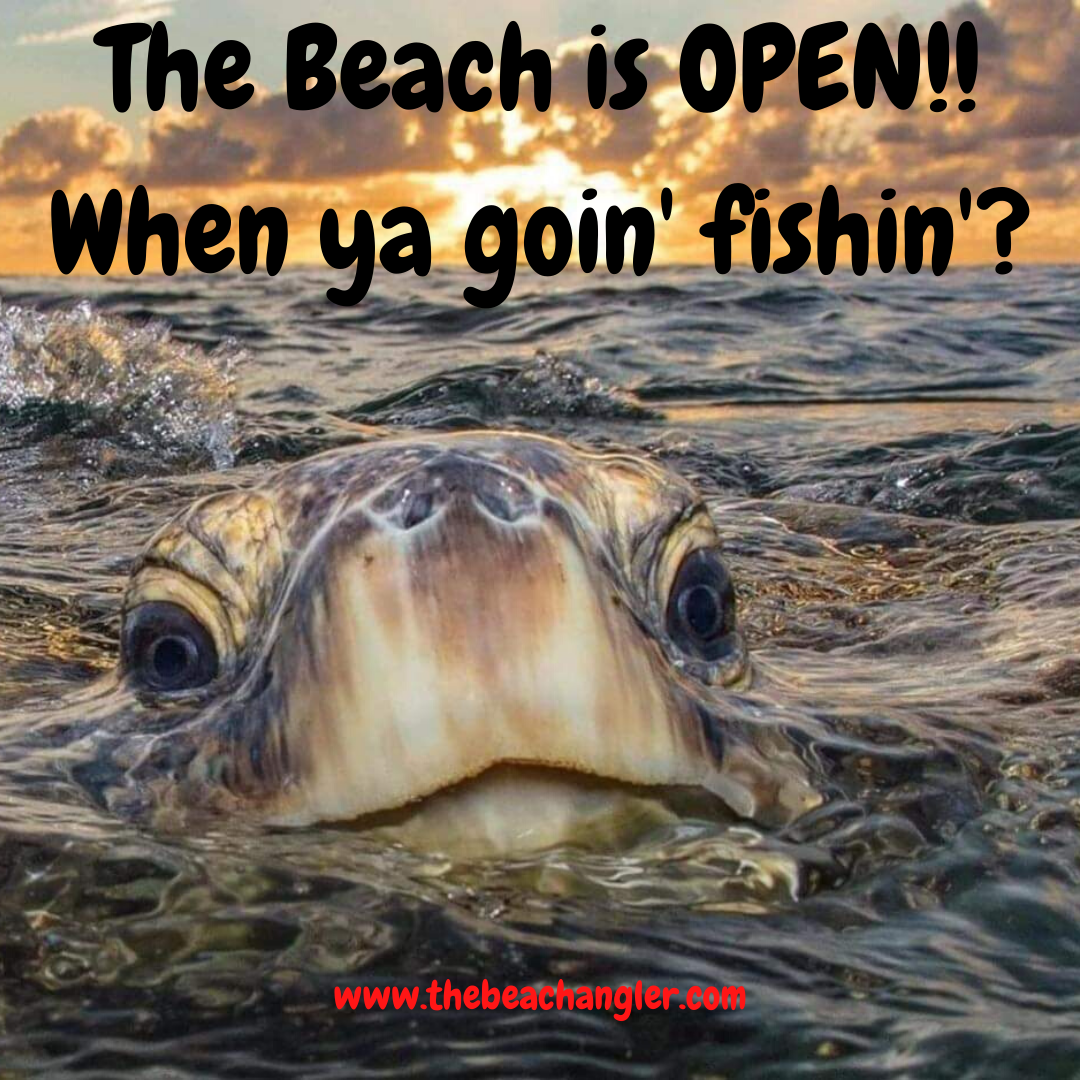Inshore fishing can be incredibly satisfying, but picking the right inshore rod and reel combo can make all the difference on the water. I remember my first outing with the wrong setup: tangles, missed bites, and plenty of frustration.
QUICK LOOK: Key Features of an Inshore Rod and Reel Combo
- Rod Length: For most inshore applications, a 7-foot rod does a great job. It’s long enough for casting distance but short enough for control. If casting in tight spaces or skipping lures under docks is your style, a slightly shorter rod (around 6’6”) makes sense. For surf or wade fishing, longer rods can help reach further, but they may sacrifice some accuracy.
- Rod Action: Fast-action rods flex at the tip, giving you more sensitivity and better hooksets. This helps with artificial lures and soft plastics. Moderate-action rods bend farther down and might be better if you plan to use live bait or want a gentler fight with bigger fish. The right action boosts your hookup rate and helps when casting lighter lures.
- Reel Size: I usually stick with reels in the 3000–4000 size range for inshore fishing. This keeps things lightweight but gives enough capacity for strong braided lines and a decent drag system. Going much bigger adds bulk without much benefit for most inshore species. A smooth drag is especially important for light line techniques.
- Line Type: Braided line is becoming a go-to for inshore fishing because it’s super strong for its size and doesn’t stretch. This makes it easier to feel subtle bites. I always add a fluorocarbon leader to make the line less visible in clear water and to give a little abrasion resistance against teeth or rough structure. For beginners, a monofilament line might be easier to manage, but braid offers better performance once you get comfortable.
That’s why getting a rod and reel combo designed for inshore fishing is so helpful. These setups handle saltwater conditions, work well for the fish you’ll target near the shore, and help you focus more on catching fish and less on gear problems.
Whether you’re new to fishing or just looking to upgrade, I’ll walk you through some of the best inshore combos out there, what makes them special, and how to choose the setup that matches your fishing goals. Let’s jump in so you’re ready for your next trip.
Why a Good Inshore Rod and Reel Combo Matters
Inshore fishing means targeting species like redfish, snook, trout, and flounder in shallow saltwater. The conditions are variable; wind, tides, and currents all play a role. I’ve found that when you use a combo built for these challenges, you get a big boost in casting accuracy, sensitivity, and fighting power. The wrong setup, on the other hand, can leave you struggling to keep up.
These inshore rod and reel combos are made to handle occasional saltwater splashes, resist corrosion, and give you enough backbone without sacrificing feel. This combination is especially useful if you like to switch between lures and bait or fish both jetties and flats. Inshore combos can handle all of that with ease, letting you enjoy your time on the water instead of worrying about your gear.
My Top Picks for Inshore Rod and Reel Combos
There’s no single combo that works for everyone, but here are some I’ve used (or fished alongside) that perform reliably in most inshore situations.
Top 5 Saltwater Inshore Rod and Reel Combos
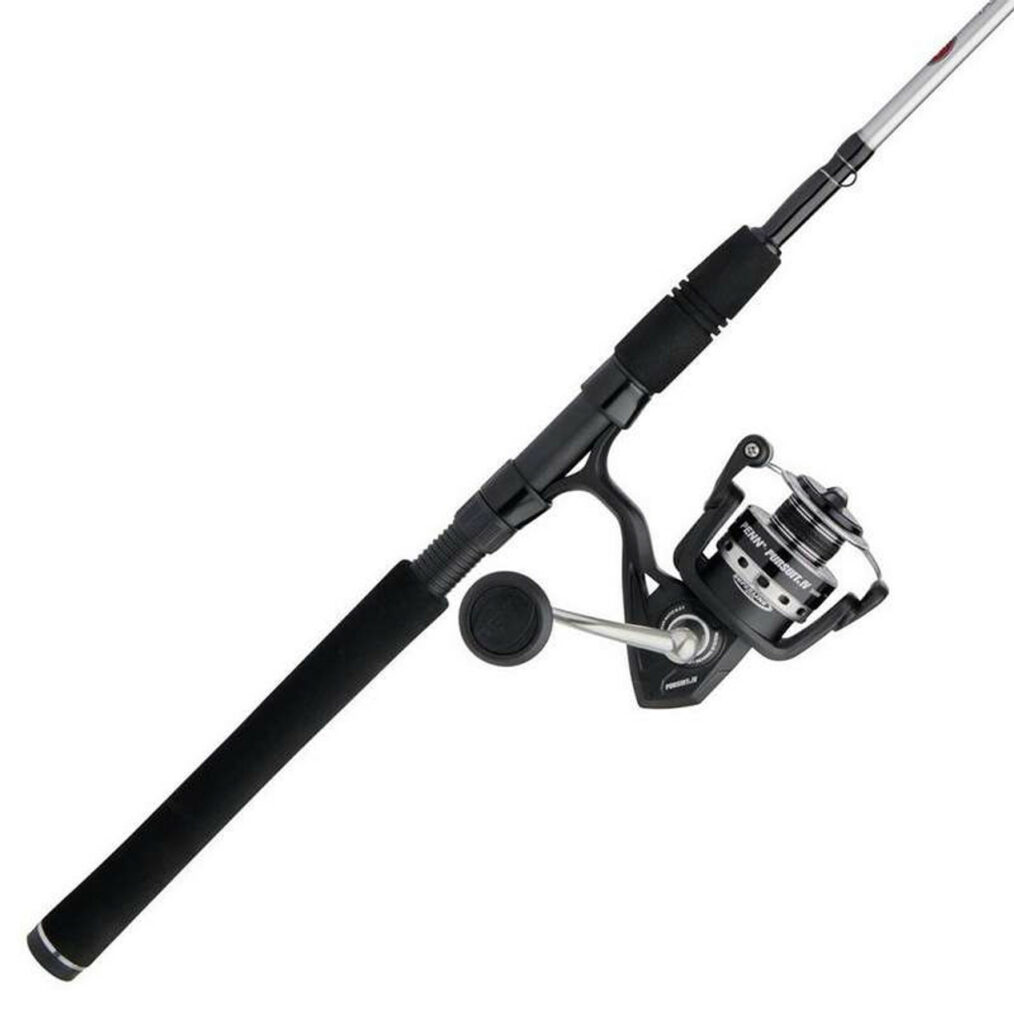
PENN Pursuit IV Spinning Combo
The PENN Pursuit IV spinning combo is a great all-around pick for inshore, boat, and even light surf casting. I like it because it won’t break the bank and still survives season after season. The rod is graphite, which keeps it light and sensitive, and the reel features a sealed drag system that holds up to saltwater. If you’re looking for a basic, dependable setup, this combo is a solid choice. It’s also simple to find replacement parts for PENN gear, making maintenance a breeze.

St. Croix Sole Inshore Series
Some anglers want ultra-high sensitivity and power, especially when targeting finicky fish. The St. Croix Sole Inshore rod paired with a quality reel is hard to beat. I’ve used this setup when chasing snook and trout, and the difference in feel is noticeable. Every bump or nibble comes through, and the blank has the strength to pull big fish out of cover. It comes at a higher price, but if you fish a lot, the investment pays off quickly.
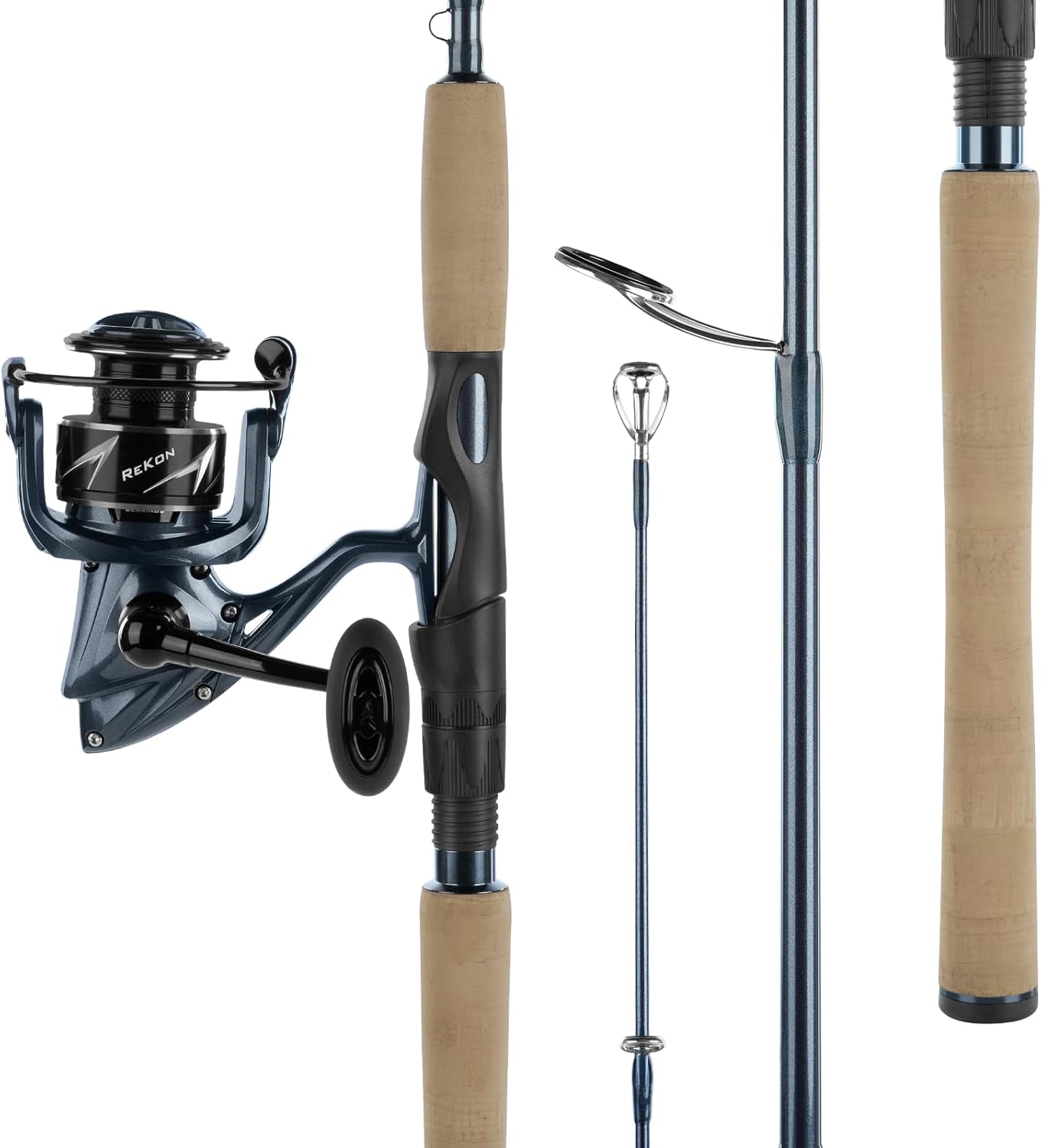
KastKing Rekon Spinning Combo
Unrivaled Drag Power & Durability – The KastKing ReKon Saltwater Rod & Reel Combo combines versatile drag and high-strength components for ultimate performance. Sizes 3000/4000 feature a 30 lb double-disc carbon drag, while size 5000 delivers 40 lbs with a triple-disc system. With a durable manganese brass pinion gear, hardened brass main gear, and reinforced stainless steel main shaft, this fishing rod and reel combo is built to conquer tough saltwater conditions.
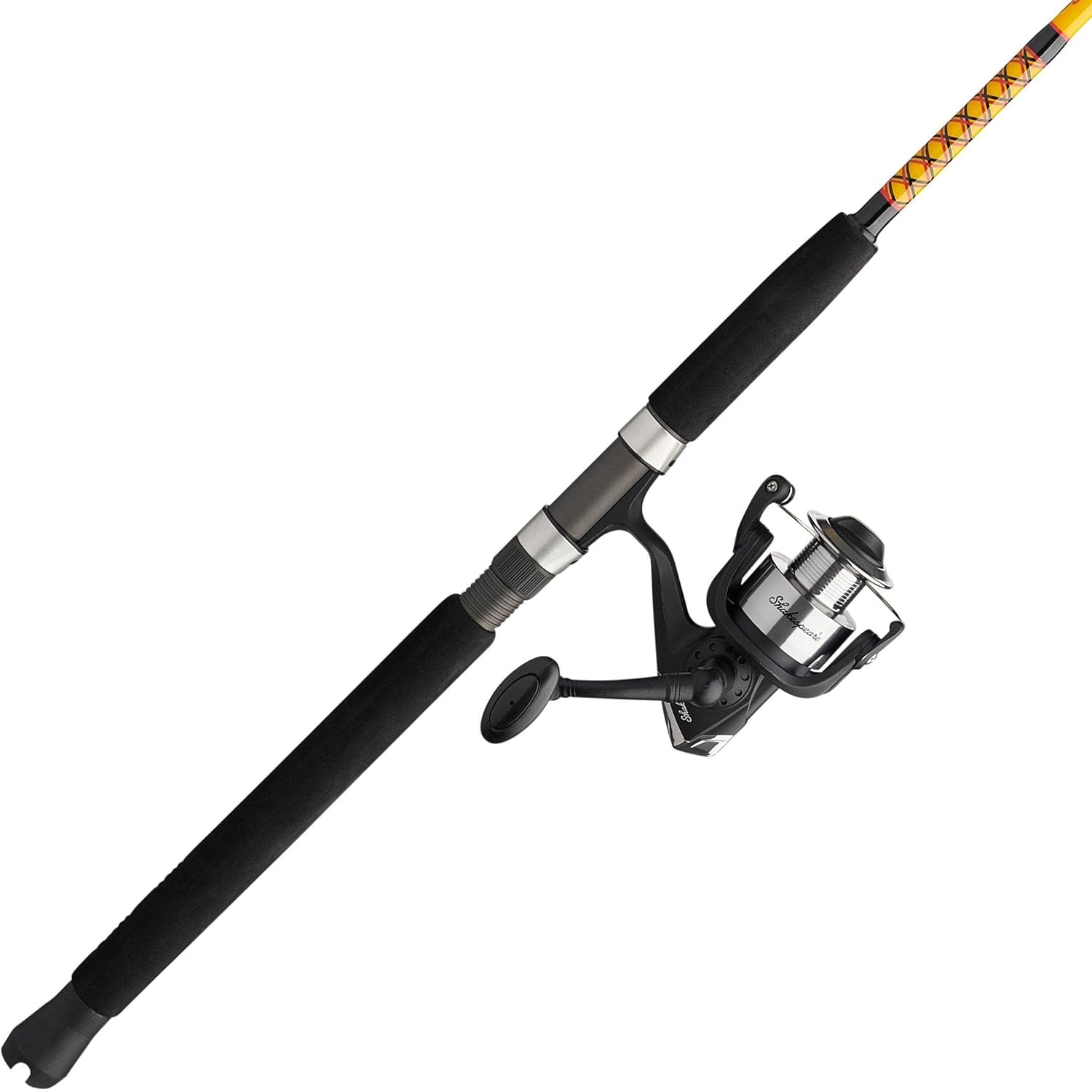
Ugly Stik Big Water Combo
I’ve always appreciated Ugly Stik rods for their toughness, and the Intercoastal series continues that tradition. This combo offers plenty of backbone for handling bigger inshore fish, but there’s still enough sensitivity to notice light bites.

Piscifun Carbon X II Spinning Combo
The Carbon X II is meticulously crafted with an all-carbon, fiber body, rotor and side plate, making it one of the lightest in its class, weighing in at a mere 5.5 oz in the 1000 model. Compared with the Carbon X, the upgraded Spinning Reel is lighter and more smooth, this lightweight powerhouse is perfect for battling big fish!
Other solid choices include combos from Daiwa, Okuma, and Shimano, both known for durability and quality drags. Shimano’s NASCI paired with a Teramar rod makes another great all-around choice, while Daiwa’s BG combo stands up to heavy use and salty conditions. Each option brings something unique, so try to test a few in the store if possible.
Key Features to Look for in Inshore Rod and Reel Combos
One size rarely fits all in fishing, so I suggest deciding what fish you’re after and how you like to fish before buying a setup.
- Rod Length: For most inshore applications, a 7-foot rod does a great job. It’s long enough for casting distance but short enough for control. If casting in tight spaces or skipping lures under docks is your style, a slightly shorter rod (around 6’6”) makes sense. For surf or wade fishing, longer rods can help reach further, but they may sacrifice some accuracy.
- Rod Action: Fast-action rods flex at the tip, giving you more sensitivity and better hooksets. This helps with artificial lures and soft plastics. Moderate-action rods bend farther down and might be better if you plan to use live bait or want a gentler fight with bigger fish. The right action boosts your hookup rate and helps when casting lighter lures.
- Reel Size: I usually stick with reels in the 3000–4000 size range for inshore fishing. This keeps things lightweight but gives enough capacity for strong braided lines and a decent drag system. Going much bigger adds bulk without much benefit for most inshore species. A smooth drag is especially important for light line techniques.
- Line Type: Braided line is becoming a go-to for inshore fishing because it’s super strong for its size and doesn’t stretch. This makes it easier to feel subtle bites. I always add a fluorocarbon leader to make the line less visible in clear water and to give a little abrasion resistance against teeth or rough structure. For beginners, a monofilament line might be easier to manage, but braid offers better performance once you get comfortable.
Tips for Picking an Inshore Rod and Reel Combo That Fits Your Style
With rods and reels, matching your gear to local fishing conditions and your own approach is important. I recommend visiting a local tackle shop if you’re unsure; I’ve found shop staff to be generous with advice, especially when you share what species you’re after and what your budget looks like. Don’t be afraid to ask for hands-on demos or to test gear for feel.
- Think about your regular fishing spots. Are you mostly on open flats, around marsh grass, or near rocky shorelines?
- Consider what you’ll use most: bait or lures? Some rods handle lighter lures better, while others are built for soaking cut bait.
- Set a budget that covers your future needs. Spending a bit more on a durable combo now can save money in the long run.
No matter your budget, focus on corrosion-resistant components. Saltwater is tough on gear. After each use, I rinse my combos with fresh water and let them dry before putting them away. Simple habits like this help your gear last longer and perform better every trip. If you fish on the weekends, look for combos that require minimal upkeep.
Extra Accessories to Take Up Your Inshore Fishing
A good combo is the start, but a few extra items make things easier and help you catch more fish. Here’s what I like to keep with me every trip:
- Tackle Bag or Box: Organizes lures, hooks, and tools in one spot.
- Saltwater Friendly Pliers: For removing hooks and cutting line, essential for quick releases and safety.
- Landing Net: Useful for scooping up fish right at the boat or shore. Make sure it’s coated or knotless to protect fish slime.
- Leader Spool: A small spool of fluorocarbon leader material for quick changes, especially if you get frayed or cut off.
- Sun Protection: Hats, neck buffs, and sunscreen for long days outdoors. Good sunglasses help spot fish, too.
- Portable Fish Gripper: Makes handling fish easier and safer for both you and the catch.
- Measuring Tape or Board: Handy to check the size of your catch and stay within regulations.
These accessories don’t just add convenience; they help protect your gear, improve safety, and keep you ready for whatever the day brings. Keeping your gear organized saves time, and having the right tools on hand makes every trip smoother.
Getting the Most Out of Your Inshore Rod and Reel Combo
With an inshore rod and reel combo that matches your fishing style, you’ll notice the difference right away. Casts go farther, you feel more bites, and landing fish gets easier. I always wash down my reels with freshwater, back off the drag when storing, and check the guides on my rod for signs of wear or corrosion. These simple habits help my combos last for years, saving you money and hassle down the road.
Finding the best rod and reel combo for inshore fishing doesn’t have to be complicated. Start by thinking about your favorite places to fish, what features matter to you, and your preferred price range. From simple setups to next-level cool tournament combos, there’s an option out there for every angler. With the right combo, every cast becomes a chance for a new story. Who knows, maybe your next big catch is just a cast away.
Check Out Our Most Recent Tips and Tactics Articles:
- Using a Personal Watercraft For Saltwater Fishing
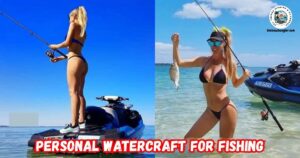
- 7 Standout Features of The Lew’s Custom Inshore Spinning Reel
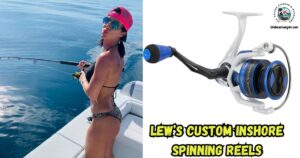
- How Important Is Color When Choosing A Saltwater Fishing Lure

- Inshore Fishing: 10 Common Gamefish You Can Target
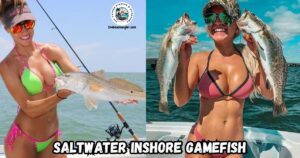
- Understanding Tides And How They Affect Your Inshore Saltwater Fishing Adventures

- Saltwater Fishing For King Salmon: 4 Top Strategies.
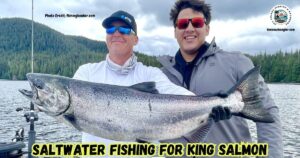
As always, stay safe, enjoy the journey, and please try to leave it cleaner than you found it. If you have any comments, questions, ideas, or suggestions, please leave them in the comment section below, and I’ll get back to you ASAP. You can follow us on Facebook: Rex The Beach Angler, Instagram: thebeachangler7, Twitter: @AnglerBeach, and YouTube: Man Art Creations.
P.S. Thanks so much for checking out our blog; we really appreciate it. Just so you know, we may receive a commission if you click on some of the links that appear on our site. This helps us keep our content free and up-to-date for everyone. We appreciate your support!
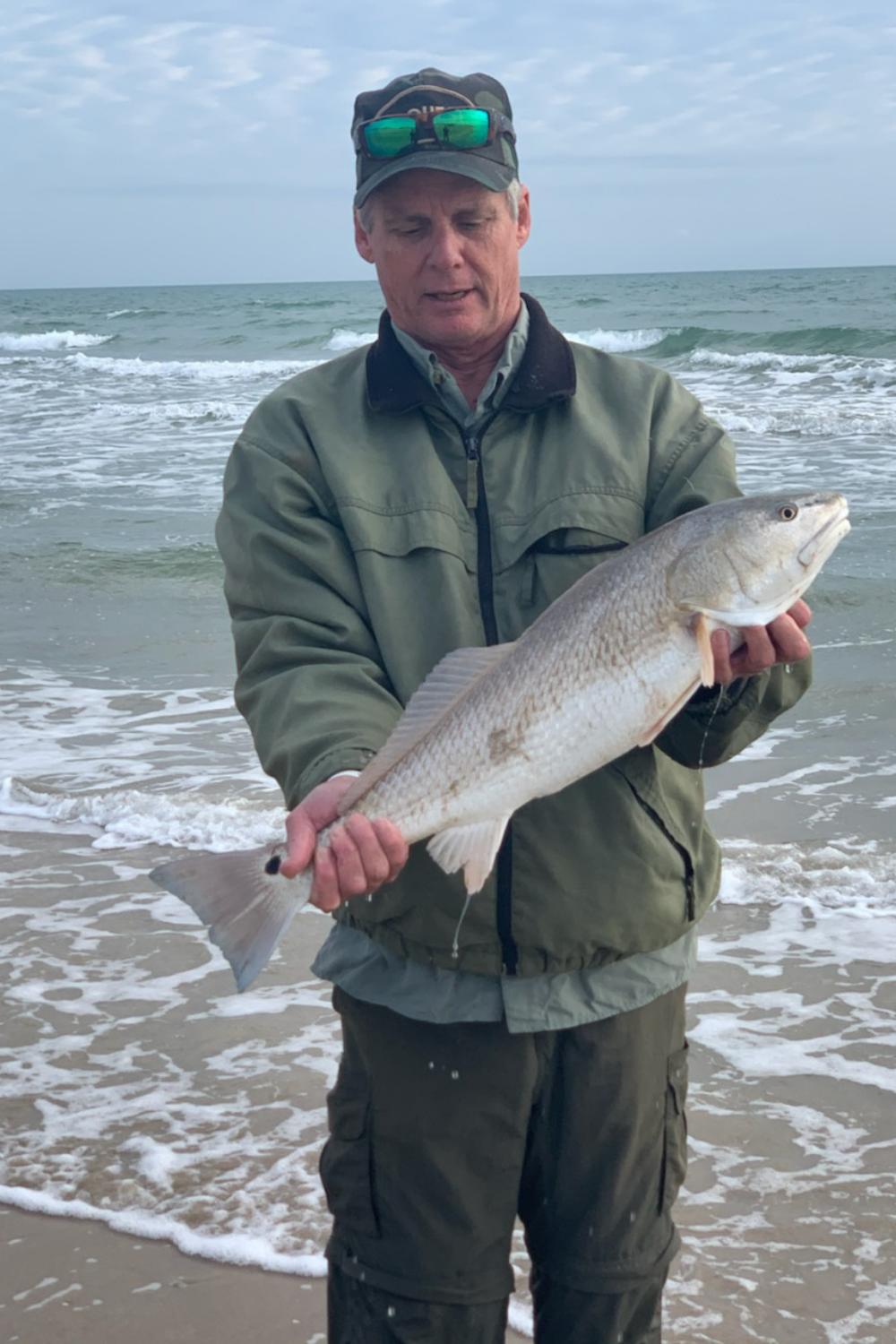
A life long surf fisherman with 50+ years of experience, I am also an avid hunter and outdoorsman. I will be sharing my passion for the outdoors with you so be prepared for hunting, fishing, camping, hiking and more. Along with gear reviews and the latest trends and innovations in the outdoor industry.
